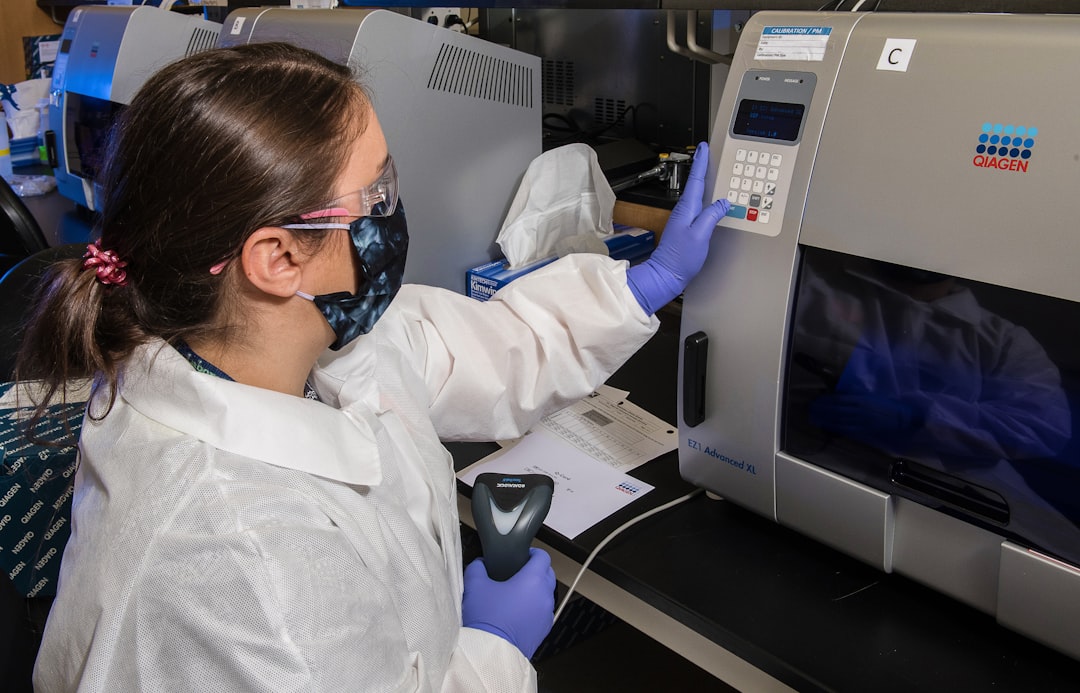What is it about?
In an August 2016 publication in Molecular Ecology Resources, researchers at the International Centre of Insect Physiology and Ecology (icipe) developed a high throughput, low-cost (<$1/assay) multiplex PCR/high-resolution melting analysis (HRMA) approach for the rapid surveillance, discovery, and identification of arthropod vectored viruses (arboviruses) within Flavivirus, Alphavirus, Nairovirus, Phlebovirus, Orthobunyavirus and Thogotovirus genera. Validations included controls of >22 medically important viruses such as those responsible for Dengue, Zika, Chikungunya, Rift Valley, West Nile and Yellow fevers. Among field-collected mosquitoes, this approach led to the isolation of Wesselsbron virus, which has previously caused disease in humans, for the first time in Kenya. The team also identified a diversity of insect-specific flaviviruses in Aedes, Mansonia and for the first time, Anopheles mosquitoes.
Featured Image
Why is it important?
Multiplex RT–PCR-HRM can identify novel viral diversities and potential disease threats that may not be included in pathogen detection panels of routine surveillance efforts. This approach can be adapted to other pathogens to enhance disease surveillance and pathogen discovery efforts, as well as the study of pathogen diversity and viral evolutionary ecology. The insect-specific flavivirus diversity identified in this study is likely to affect the transmission dynamics of arboviruses, and possibly malaria, within mosquito vectors.
Perspectives
Within the major five genera of medically important arboviruses, we developed a pan-arbovirus detection and identification approach. Emerging infectious arboviruses, such as Zika, Chikungunya and West Nile viruses, previously thought of as relatively innocuous and restricted to the African continent, have consecutively crossed continental barriers over the past twenty years, leading to public health epidemics in naive ecologies. With the advent of field-deployable real-time PCR technologies, this approach has promise in identifying emerging infectious diseases at early stages of geographical introductions. Wesselsbron virus, identified for the first time in Kenya in this study, has caused isolated cases of severe human morbidity in South Africa. But like Zika virus before 2015, it is not considered a major public health priority. While it remains difficult to predict the next major pandemic arboviral threat, this assay provides a valuable tool for early identification. Insect-specific flaviviruses, such as those isolated in this study, have been found to inhibit replication of West Nile virus in mosquito cell culture and may be exploited to limit arbovirus tranmission. The discovery of a new clade of Anopheles-specific flaviviruses may also have implications on the transmission of malaria parasites.
Dr Jandouwe Villinger
International Centre of Insect Physiology and Ecology
Read the Original
This page is a summary of: Arbovirus and insect-specific virus discovery in Kenya by novel six genera multiplex high-resolution melting analysis, Molecular Ecology Resources, August 2016, Wiley,
DOI: 10.1111/1755-0998.12584.
You can read the full text:
Contributors
The following have contributed to this page










